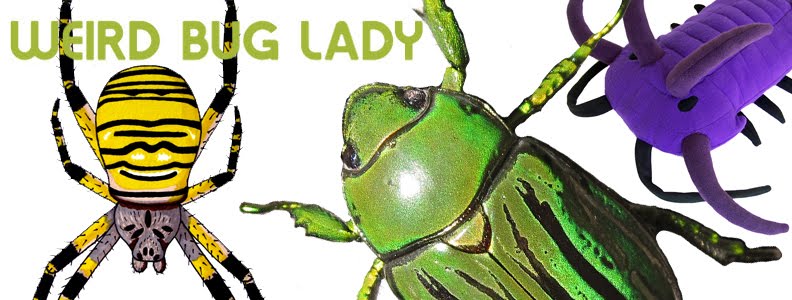Going to a Caribbean island, you'd expect to see and hear tropical birds - beautiful and unusual sounds, bright and showy feathers... but not
quite so on St. Croix.
First of all, as fa

r as domesticated birds, chickens run loose through the streets, neighborhoods, and even downtown Christiansted. Waking up to the sound of gently lapping waves and a rooster is an interesting experience.
One of the first birds we are greeted with, and accompanied by on the beaches, is the Zenaida dove (
Zenaida aurita). It sounds just like the mourning doves we have back home, which has a rather eerie call. June appears to be their mating season, as the males were calling incessently while chasing females around the beach.
There are several other dove and pigeon species on the island, including the well known Rock Pigeon (
Columba livia).

There is one bird that did make some very pretty sounds around our condo, but we could not locate the source. Finally, we tracked down a rather bland looking bird, but he sure had a beautiful voice! It was the pearly-eyed thrasher (
Margarops fuscatus).

A family of American kestrels (
Falco sparverius) also decided to make their home near the condo complex. The babies looked to be nearly full grown size, and did not sit in a nest but on tree branches. They could fly, but were however still very fluffy, and cried for food nearly all day long.
We once got to see one of the parents with a lizard in its beak, which was fed to one of the babies.
One of the cutest little birds on St. Croix is the Bananaquit (
Coereba flaveola), which I unfortunately could not get a clear photo of. It is a revered bird on the island, the muse of many local artisans. Its bright yellow belly and black bandit's mask make it an amusing character.
Next visit I hope to spend more time in the mangrove forests, which harbor many more interesting bird species.
 And here is one who was missing all his camouflage! It likely came off during collection (the bits are only held on by strands of silk). However while I was preparing to take photos, it got ahold of one little leaf scrap to add to its back.
And here is one who was missing all his camouflage! It likely came off during collection (the bits are only held on by strands of silk). However while I was preparing to take photos, it got ahold of one little leaf scrap to add to its back. These caterpillars typically only change their outfits when they molt, but some species (there are several decorators in this genus) will change their camouflage every day to keep it fresh. And of course if for some reason their plant materials are lost, they will dutifully replace them.
These caterpillars typically only change their outfits when they molt, but some species (there are several decorators in this genus) will change their camouflage every day to keep it fresh. And of course if for some reason their plant materials are lost, they will dutifully replace them.



























































